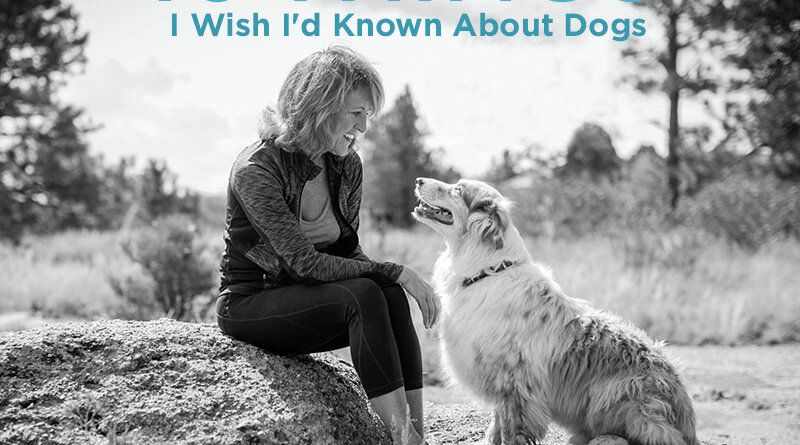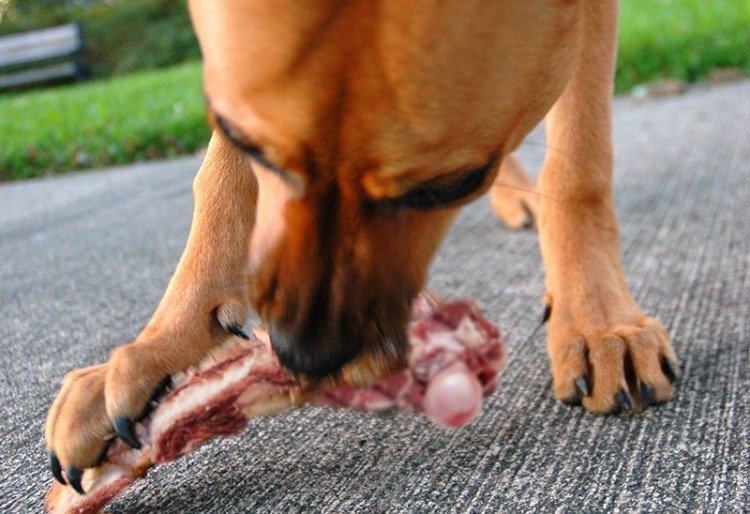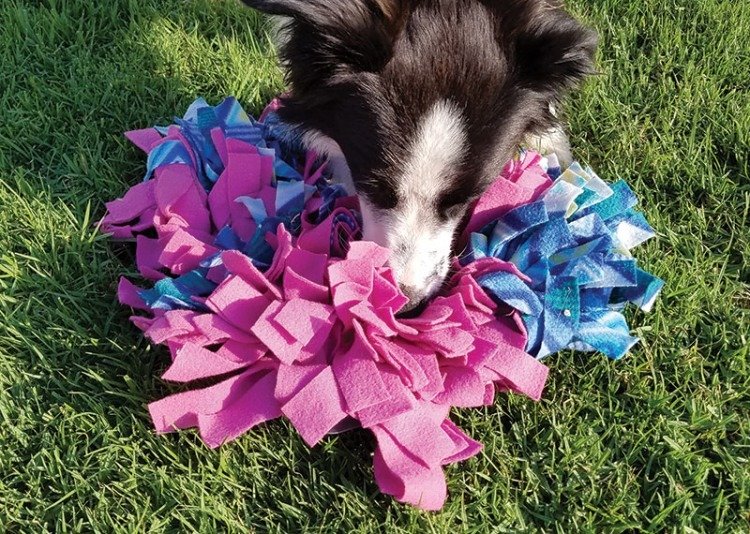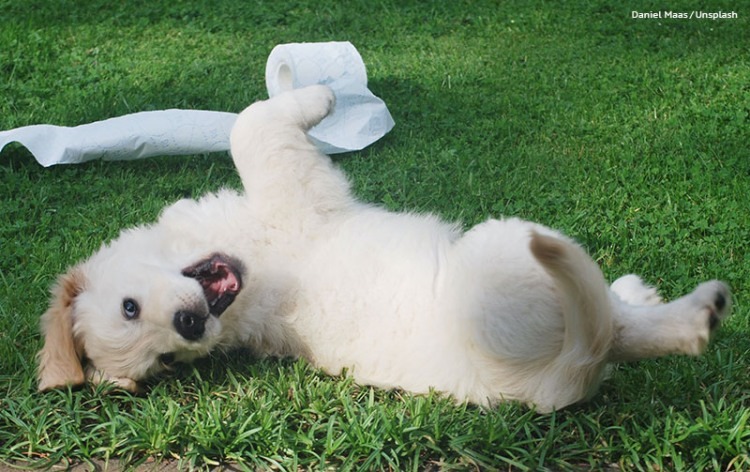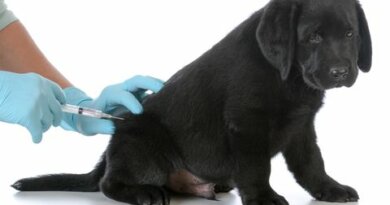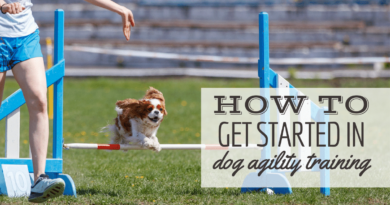10 Things I Wish I’d Known About Dogs
Getting a dog is a delight, but it can also be a crash course with no real blueprint or comprehensive how-to guide. Things have a way of coming up. Curve balls are hurled your way. In four years with my dog, I’ve learned about a lot of things vets don’t mention during that first puppy check-up.
1. The meaning of mucus in dog poop
A delightful topic, yes, but an important one.
Dog owners know that poop is a barometer of a dog’s health. Next to blood, mucus in a dog’s poop is one of the scarier things you’ll encounter. But here’s what no one tells you: mucus in dog poop is not necessarily a sign of disease.
The internet is awash with dire explanations of what it might mean—everything from parasites to irritable bowel disease. Even cancer. When large amounts of slime appeared in my dog’s poop, a consult with Dr. Google had me fearing the worst. Fortunately, thanks to other dog owners, I learned that mucousy poop is not always a bad sign. In fact, it can be a sign the body is healing. If I had not lived through this experience with my dog or connected with other dog owners whose pups had also gone through it, I’d still be in the dark about it. (Three different vets had no clue what might be going on.) Here’s what I found out.
GET THE BARK IN YOUR INBOX!
Sign up for our newsletter and stay in the know.
When drugs like antibiotics or steroids are discontinued, owners frequently report seeing disturbing quantities of mucus in the poop. Far from signaling disease, mucus in this context actually represents a lifting of a toxic burden.
Both of these drugs are known to be rough on the gut. When they’re discontinued, the body expels the mucous lining that had been formed to protect the intestinal wall. Basically, once the drug is no longer being taken, the mucoid plaque is not needed.
The same thing can sometimes happen when the quality of a dog’s food is improved. There again, mucus in the poop is not a cause for concern but rather, a positive sign of detox in progress.
2. Raw meaty bones are the best toothbrushes
Much is made of the epidemic of dental disease in pet dogs, which sometimes begins when they’re barely into adulthood. There’s an industry built around products, and no shortage of home remedies to supposedly clean your dog’s teeth and sweeten his breath: dental chews, mouth sprays, chicken-flavored toothpaste, water additives.
But there’s a simple, obvious and natural solution that avoids all of the fussing: raw meaty bones. The tearing, ripping and crunching involved in devouring bone and cartilage make a raw meaty bone nature’s toothbrush. All those sinews are the canine equivalent of dental floss. Your dog will adore this kind of brushing!
It’s an unfortunate reality that many kibble-fed dogs are headed for anesthetized teeth cleanings, even extractions. Raw-fed dogs, or dogs whose diets are supplemented with raw meaty bones, have a far better shot at lifelong dental health. My dog’s teeth gleam without brushing or any artificial intervention, thanks to daily chicken frames and weekly lamb necks.
But that’s just one dog. What does the science say? This 2016 study found that raw meaty bones transformed dogs’ teeth, dramatically reducing dental calculus in a group of Beagles by almost 90 percent in just 20 days.
3. Use a Dremel to trim nails
This is easily the most stress-free gadget I’ve found for keeping a dog’s nails trimmed.
Why is a dremel dog-nail grinder such a game changer? It doesn’t cut, it grinds. This means there’s no risk of cutting the quick, and no way you can hurt your dog.
All four paws can be done in a couple of minutes. I build it into my dog’s routine as a quick, regular hit once he has his harness on and just before we head out the door for a walk.
It’s the little things!
4. The value of orthopedic dog beds
They’re a thing, and they’re worth the cost to protect your dog’s joints not just in old age, but also, right from puppyhood.
I discovered the power of proper bedding when my dog developed hygromas (fluid-filled sacs) on his elbows from too much lying on hard surfaces. The treatment for hygromas ranges from daily poultices, braces and bandages to fine-needle aspiration.
Then, I got an orthopedic dog bed and hey presto, the hygromas vanished within a month.
The secret to the orthopedic dog bed is its memory foam and multiple layers. The quality is streets ahead of the bean bag–like stuffing that’s usually inside even high-end dog beds. Don’t wait for something to go wrong to offer your dog the best possible bed. Our pups spend a majority of each day sleeping. It’s worth making sure they’re well supported.
5. Fasting has benefits
Feeding dogs every day is a human invention. Dogs’ closest living relatives, wolves, have a feast-or-famine food regimen. They regularly go for days without eating, or sustain themselves on secondary foods such wild berries when prey is scarce. In August 2017, researchers with the Voyageurs Wolf Project observed an adult wolf regurgitating berries for a group of five pups. In fact, a study of the weekly summer diet of gray wolves in northeastern Minnesota showed that from mid-July to mid-August, wild berries—primarily blueberries and raspberries—make up between 56 and 83 percent of wolves’ diet.
All of which is to say that your dog is evolutionarily adapted to periods of fasting. Domestic dogs are generally more sedentary than their wild counterparts, yet we feed them more. It’s no wonder a majority of pet dogs are obese.
Besides what happens in nature, there’s increasing scientific recognition of the benefits of fasting for both dogs and humans. Fasting has been shown to facilitate healing at a cellular level through a process known as autophagy. It’s a psychological hurdle for many owners, who equate love with filling a dog’s bowl. But there’s plenty of evidence to suggest that the opposite is actually the case. Incorporating a once-a-week “fast day” into your dog’s routine can support his natural processes of repair and regeneration and go a long way toward maintaining long-term health.
Fasting is a great first port of call for dog diarrhea or stomach upset, too. Chicken and rice might be the go-to remedy, but diarrhea and vomiting are how the body takes drastic action to quickly empty the gut. You don’t want to counteract this by putting more food in. A 24-hour digestive rest will have your dog back to normal in most cases. (Keep your dog hydrated and, of course, consult your vet if problems persist.)
6. Put food bowls on the floor
There’s conflicting information out there on whether raised or floor-level food bowls are better for lowering the risk of the deadly condition known as bloat. When this happens, a dog’s stomach fills with gas, then twists. It can come on fast, and is fatal if not promptly treated, usually with surgery to release the gas and restore the stomach to its normal position.
Prevention is the name of the game. One of the simplest things you can do is to use a slow feeder to stop your dog from gulping down his meal. Where confusion arises is in the bowl’s positioning: should it be on the floor, or elevated? Current thinking, as reported by Jerold Bell, DVM, in “Risk Factors for Canine Bloat,” is that elevated bowls may actually increase the risk of bloat for large-breed dogs. So, ditch the fancy platforms and go old-school.
Though floor-level bowls are thought to help, this is the exact opposite of what used to be advised. It’s also worth keeping in mind that there is disagreement, and a fair amount of confusion, as to what causes a dog to bloat. Ultimately, vets don’t really know.
It’s long been thought that vigorous exercise close to mealtimes and guzzling water might be triggers, but Bell’s report didn’t substantiate those popular theories. To the contrary, he noted that most dogs bloated in the middle of the night on empty, gas-filled stomachs. More needs to be learned, but the causes of bloat are likely to be multifactorial.
Many dog owners structure their dogs’ routines to minimize exertion on a full stomach, given that previous studies have suggested that can be a risk factor. Slow feeders at ground level and feeding a fresh-food diet are things you can do that have no downside and, according to current thinking at least, may well reduce your dog’s risk of suffering from gastric torsion.
7. Snuffle mats provide mental exercise
These mats are fantastic for engaging a dog’s mind in play. Mental exercise tires a dog out faster than purely physical exertion, and sniffing is one of the best ways to harness your dog’s prey drive and get him thinking.
You can buy a snuffle mat or make one yourself using a rubber sink or door mat and strips of fabric. Hide healthy treats in the mat and leave it out to keep your dog occupied while you work. Or, offer it on a rainy day as an indoor activity that engages your dog’s energy in a constructive way. A snuffle mat has been an indispensable part of my toolkit for living in a tiny apartment with a Boxer.
8. How to recognize canine acid reflux
This is something else I didn’t understand when I saw it in my dog. It took another owner, who’d been through it with their own pup, to recognize the signs of acid reflux in dogs. I’ve since been able to spot acid reflux in many other dogs whose owners, like me, had no idea what the symptoms meant.
In dogs, acid reflux, or Gastroesophageal Reflux Disease (GERD), involves a constellation of symptoms. My dog had almost all of them simultaneously.
The classic signs are:
- Air licking
- Jaw snapping
- Drooling
- Gagging
- Hard swallowing
- Trying to eat leaves or specks of dust off the floor
- Fur or fabric licking
- Stomach gurgling
- Throwing up either bile or food
Acid reflux in dogs can last a few minutes or 24 hours straight. Treatment involves identifying the cause, but it all starts with a diagnosis.
9. The dangers of roadside sprays and lawn-care chemicals
Urban life for dogs involves a lot of chemical exposures. Consider how often your dog walks in publicly maintained parks or sports fields, or along grassy roadsides. These green spaces are almost certainly chemically treated with fertilizers and routinely sprayed with weed killers. My local council uses glyphosate, which has long been linked to cancer in humans.
Consider how close your dog’s nose is to the ground and how much of his interaction with the world involves sniffing. My dog deeply inhales every square inch of pavement, every tree trunk, every patch of grass.
Where I live (Melbourne, Australia), roadside spraying is done in the very early hours of the morning, and no signs are ever put up warning that the area has been freshly drenched. Who’s out first thing on that very ground? Dog owners, with their unsuspecting pups reading the pee-mail and savoring the scents.
You have no way of knowing about or effectively avoiding these exposures. But you can vary where you walk your dog. For example, my dog and I wander instead on the local beach several times a week, and I know those outings are less likely to expose him to herbicides.
You can also control the things you can control. By that, I mean minimize chemicals in the home. Consider making natural cleaners from vinegar and citrus juice instead of store-bought sprays with unpronounceable and potentially toxic ingredients. Avoid scented candles and hairsprays. Use an air purifier to combat off-gassing of volatile organic compounds (VOCs) released from a number of items commonly found in the home.
Anything that helps your dog’s liver keep up with the constant detoxification necessitated by modern life is worth doing.
10. All puppy schools are not equal
I don’t know about your experience, but the puppy preschool we attended was full-blown chaos. Heaps of fun, sure. But we spent the next year unlearning the bad habits picked up there. When I finally found a good dog trainer, he shook his head. He’d seen it all before.
Now I know there should be a method to the madness. It’s not enough to throw a bunch of puppies in a room together and call it socialization. You don’t want a puppy preschool that simply lets the pups play and roughhouse in an unstructured way, with much excitement and little control.
As I learned, if it’s one big free-for-all, your puppy will quickly come to associate other dogs with going bonkers. That association lays the foundation for a whole host of problematic behaviors later on. It can be the reason your dog turns into a wild thing when you’re out walking and he spots another dog on the opposite side of the street. Dogs mean crazy play, right?
What you actually want is for your dog to see you as the most exciting thing in his world, and always his best option for where to place his attention. So, don’t automatically sign up for the first puppy preschool you’re offered. Look around, ask questions of the trainer so you understand their approach and know how the classes will be run.
Final Thoughts
So much of what I know about dogs, I’ve learned in roundabout ways. I started out as the kind of dog owner who’d say “Ask your vet” about everything. Whether it was my own health or my dog’s, I had a blind trust in the “white coat.”
These days, I believe in taking a much more proactive, independent approach. I’ve found immense value in connecting with other dog owners and in researching things for myself.
This isn’t an argument against vets. Rather, it’s a huge vote of confidence in the collective knowledge of owners. Dog owners represent a massive storehouse of practical wisdom of the kind that can only be gained by direct, lived experience.
Tap into it.

